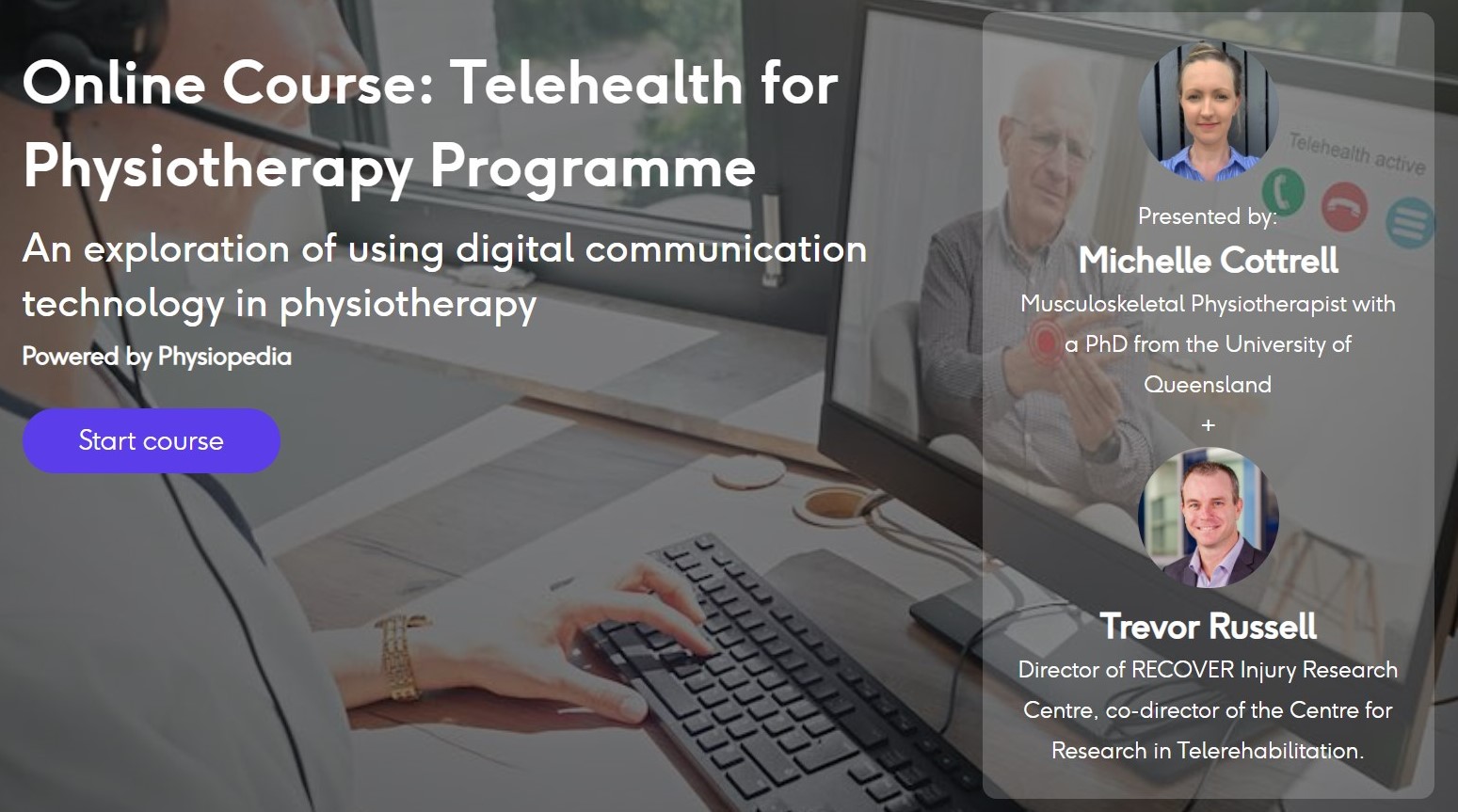Telerehab and telehealth solutions are suited to a number of different conditions and settings. Rural settings are particularly suited for using telehealth technology but are patients satisfied with this approach?
As a result of the COVID-19 pandemic there has been sudden and significant increase in the adoption of telehealth in physiotherapy. There is also a rise in the volume of research comparing patient outcomes and satisfaction between telehealth and traditional consultations.
For many patients in-person treatment will always be a neccessity but for others, particularly with long term conditions or those living in rural settings, management over videoconfernecing or apps is more efficient and convenient. The use of telehealth in rural settings is the focus of a new systematic review published in the International Journal of Telerehabilitation. Specifically with the aim of assessing patient satisfaction.
Make Your Virtual Sessions Exciting
Methods of The Systematic Review
This systematic review specifically aimed to evaluate patients’ reports of their satisfaction with telehealth compared to standard in-person therapy for patients living in rural areas.
The systematic review was not registered with PROSPERO but did follow PRISMA rules. CINAHL, MEDLINE, PsychINFO and Cochrane Library were the databases used for the search. Full search string for each database is available. As an example, Medline:
(telemedicine OR telerehabilitation OR remoteconsultation OR teleradiology OR telepathology ORdistance counseling) AND (patient satisfaction OR patientpreference OR personal satisfaction) AND (rural populationOR rural health services OR rural health OR rural nursing)
Articles were excluded if they were published before 2009 along with any unpublished trials, editorials and other review articles. Only studies with evidence I-V were included and had to be peer reviewed and be from physiotherapy, occupational therapy and speech and language consultations. The decision to exclude unpublished trials is limitation as this is likely to lead to publication bias and skew the results of the review.
In total 4 studies were included within the review two were based in the U.S, one in Australia and the other in New Zealand. All used patient satisfaction as the primary outcome measure and this was assessed qualitatively. Only synchronous solutions were used within the review.
Results & Clinical Take Home
The vast majority of patients included within the review were satisfied with telehealth and in many cases preferred it to traditional care. This is because of the difficulty, cost and in some cases risk of travelling from rural locations to Hospitals. This is particularly true for long term conditions where routine follow up does not require physical examination.
There are a number of limitations of this systematic review. The biggest limitation is the decision not to include unpublished studies, conference abstracts and posters as this adds risk of publication bias into the results limiting findings. As there are only 4 studies included within the review results have limited generalisability however the results of this review are supported by other systematic review findings.
There are an number of different strategies which can be employed to increase patient satisfaction and prevent exercise plans from becoming boring and tedious when delivered virtually. You can find out more below.
